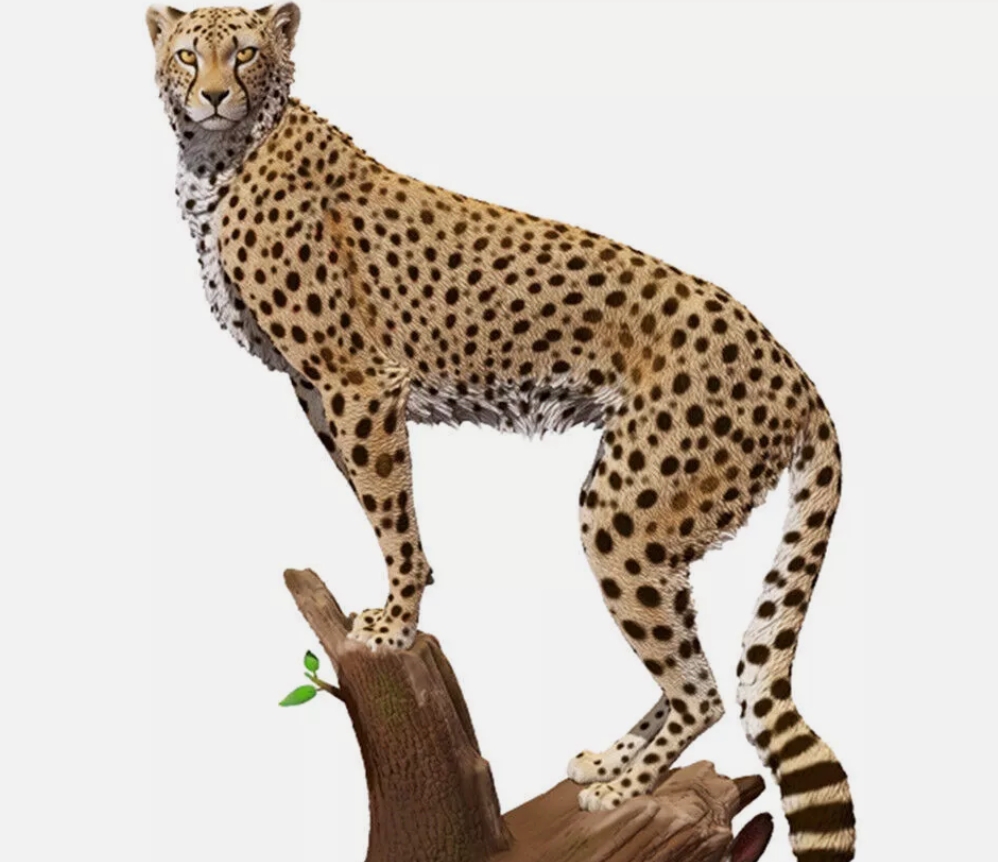The Leopard model is a predictive tool widely used in the fields of data science and machine learning, valued for its efficient performance and flexibility. By analyzing historical data and predicting future trends, this model can help decision makers make wise choices in complex environments.
The model is based on the idea of ensemble learning and combines the advantages of multiple single models. It improves the accuracy and robustness of the overall forecast by building a series of relatively simple base models and then combining the predictions of these models. This method takes advantage of the diversity of different models, reduces model bias and variance, and improves generalization ability.
The Ocelot model performs well when handling large amounts of data. It can deal with high dimensional features effectively and has strong adaptability. In the face of missing values and outliers, ocelot models usually show better robustness. By evaluating the importance of features,the model can also provide reference for feature selection and help optimize the data processing process.
In practical applications,ocelot models are widely used in many fields such as financial risk control, medical diagnosis and marketing. In the financial industry, it can help identify risky customers and predict default probabilities;In the medical field,by analyzing the historical data of patients, the model can assist in the development of diagnosis and personalized treatment plans;In marketing, it can predict consumer behavior and formulate more accurate marketing strategies.
Despite the many advantages of the ocelot model,there are some potential challenges to be aware of when using it. For example,the training time of the model may be relatively long,and the computational resources need to be properly allocated. In addition,the selection and tuning of model parameters are also important factors affecting the final performance.




